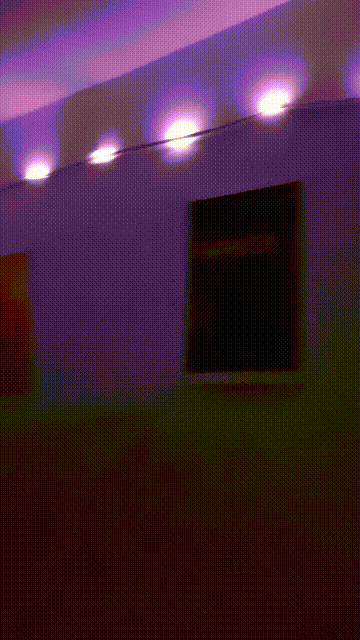Imagine a room that responds to the activities inside it. Imagine a room that passively enhances whatever you're doing. Almost as if the room itself cares.
This is what we're going for with project disco. Disco listens to what's going on inside your room, and changes the room's lighting to respond to it. This is great for listening to music, having conversations, gaming, basically anything with sound emitted. The room comes to life.
Project Disco is part of the IEEE/3DC Project Jarvis collaboration.
More formally, The aim is to create room-scale lighting that changes in hue and brightness to visualize live sound. The sound and the light are completely detached, meaning that the sound can be coming from anywhere in the world (with proper equipment setup) and the lights will still function in reaction to that sound.
Note the need for an external power source for the Neopixels (there are too many for the Raspberry Pi to power on its own)
Components are:
- Raspberry Pi
- Level converter
- Power supply for neopixels
- Neopixels
- Breadboard
- Relevant wires for connections
Wiring from here http://learn.adafruit.com/neopixels-on-raspberry-pi/wiring
We use Python 3, because we're not ridiculous.
- Install the neopixel package (e.g.
pip3 install neopixel)
- Install aubio (We recommend using Anaconda to avoid unnecessary complication:
conda install -c conda-forge aubio) - Install the PyAudio package (e.g.
pip install pyaudio)
- Configure the
IP_ADDRESSandPORTvariables inserver.pyas needed - Run
sudo python3 server.py(note thesudo)
- Configure
HOSTandPORTinclient.pyto match the Raspberry Pi's settings - Run
python process_sound.py
